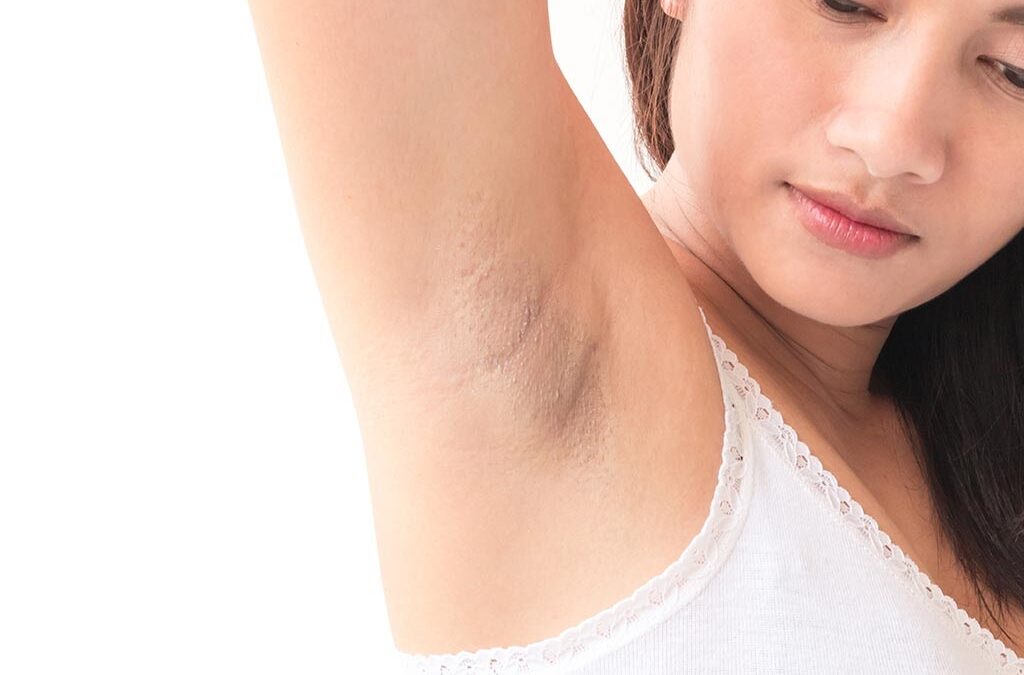
How Can Pico Laser Work for Skin Whitening?
Your skin is not perfect if it has rosacea, freckles, age spots, melasma, or acne scars, to name a few. These conditions each have unique causes and treatments.
Skin whitening treatments for skin pigmentation in Singapore must be meticulously planned, taking into account each patient’s skin condition, type, and pigmentation type. More information on pigmentation is given below to let you better understand it and choose the best course of action for your needs.
Skin Pigmentation: What’s It?
The natural pigment of the body, commonly called melanin, is produced by a specialized cell known as a melanocyte. The quantity of melanin generated in the region affects the color of the hair, skin, eyes, and surface membrane. Fair-skinned individuals generate less melanin than dark-skinned ones, who produce the most. However, just like any other region of the body, melanin synthesis might be disrupted, resulting in pigmentation issues.
Why Does Pigmentation Occur?
Contrary to popular belief, pigmentation serves as among the first lines of protection for your skin. When the skin detects aggressiveness from the outside, it generates too much melanin. The extra melanin acts as a physical barrier to safeguard DNA cells. More pigmentation reasons are listed below.
Sun Damage and UV Exposure
As you get old, hyperpigmentation may be brought on by any kind of UV light, including tanning beds and the natural UV rays of the sun. Freckles, sunspots, melasma, and solar lentigines are examples of common pigmentation issues. Melanocytes, the cells that create the skin pigment known as Melanin, are harmed by UVA radiation. When UV radiation is absorbed by the skin, it damages collagen and other important proteins.
Hormone Changes
This happens often to pregnant women. Melasma, which manifests as tiny, dark spots, may be brought on by hormones.
Medications
Some medications might increase UV sensitivity in the skin and cause melasma. Medications used to address ovarian or thyroid issues are frequent offenders.
Wounds Healing and Inflammations
Brown patches may appear as a result of common inflammatory conditions such as psoriasis, acne, and eczema. Due to the damage to the skin caused by inflammation, the pigments temporarily decrease or increase.
Most Common Pigmentation Types
The particular qualities of each form of pigmentation need a distinct approach to treatment.
The typical forms of pigmentation include:
Freckles
These flat, dark, beige blotches often get larger and worsen with continued sun exposure. They may also be lighter in color than the surrounding skin, appearing as reddish, light brown, brown, tan, or black. Freckles may get darker under the UV Rays of the sun, which is why they can be seen more clearly in the summer. Increases in melanin and the pigment-producing cells known as melanocytes cause freckles to appear. Solar lentigo and freckles vary in that freckles are more prevalent in youngsters and might fade away as they age, but solar lentigo might deteriorate with repeated sun exposure.
Solar Lentigo
This resembles freckles but is bigger and more distinct. Because of the exposure to the sun, freckles may eventually transform into solar lentigo. These UV-producing patches are completely safe. Dark spots develop as a result of the accumulation of melanin inside skin cells caused by UV radiation. Typically, solar lenticules are located on the backs of the face or hands.
Melasma
On the face, melasma causes symmetrical brownish areas. Women and darker skin types are more likely to have it. It is brought on by a number of things, including:
- Exposure to the sun
- Pregnancies
- abnormalities in hormones
Melasma differs from most other kinds of pigmentation in that it is distinct, making treatment more challenging.
Hori’s Nevus
(ABNOM) Acquired Bilateral Nevus of Ota-Like Macules, otherwise called Hori’s Nevus, affects people with Asian Chinese skin type nearly exclusively.
It commonly manifests as flat, bluish-gray hyperpigmentation found on your cheeks, although it might also affect the nose, eyelids, and forehead.
Post-Inflammatory Hyperpigmentation
Following a skin infection, inflammation, or injury (such as eczema and acne), PIH is visible. It might be a short-term condition that lasts a few months or it could develop into a permanent feature on the skin.
Treatments
Pico Laser
It targets pigmentation and dark acne scars. The pigmented spots are divided into pieces using a non-ablative laser and picosecond pulses. Collagen synthesis is boosted by this procedure, giving the skin a more refreshed and young appearance.
Yellow Pro Laser
When treating blood arteries, this skin whitening treatment employs a 577 nm wavelength that provides 40% greater absorption. In order to reduce blistering and bruising, which might be adverse effects of other laser procedures, this coagulates blood present in the arteries. Solar lentigines, vascular lesions, and melasma-like post-acne redness, and rosacea are the conditions that the Pro Yellow laser treats well.
Professional Chemical Peels
These aren’t the typical DIY chemical peels that you may do at home. Chemical peels are a service provided by cosmetic clinics. These peels include active substances that penetrate deeply into the skin to change pigmentation successfully. The natural healing process of the body is triggered by the chemicals that dissolve the outer layers of the skin, which causes the body to begin producing collagen, which evens out the tone and texture of the skin.






